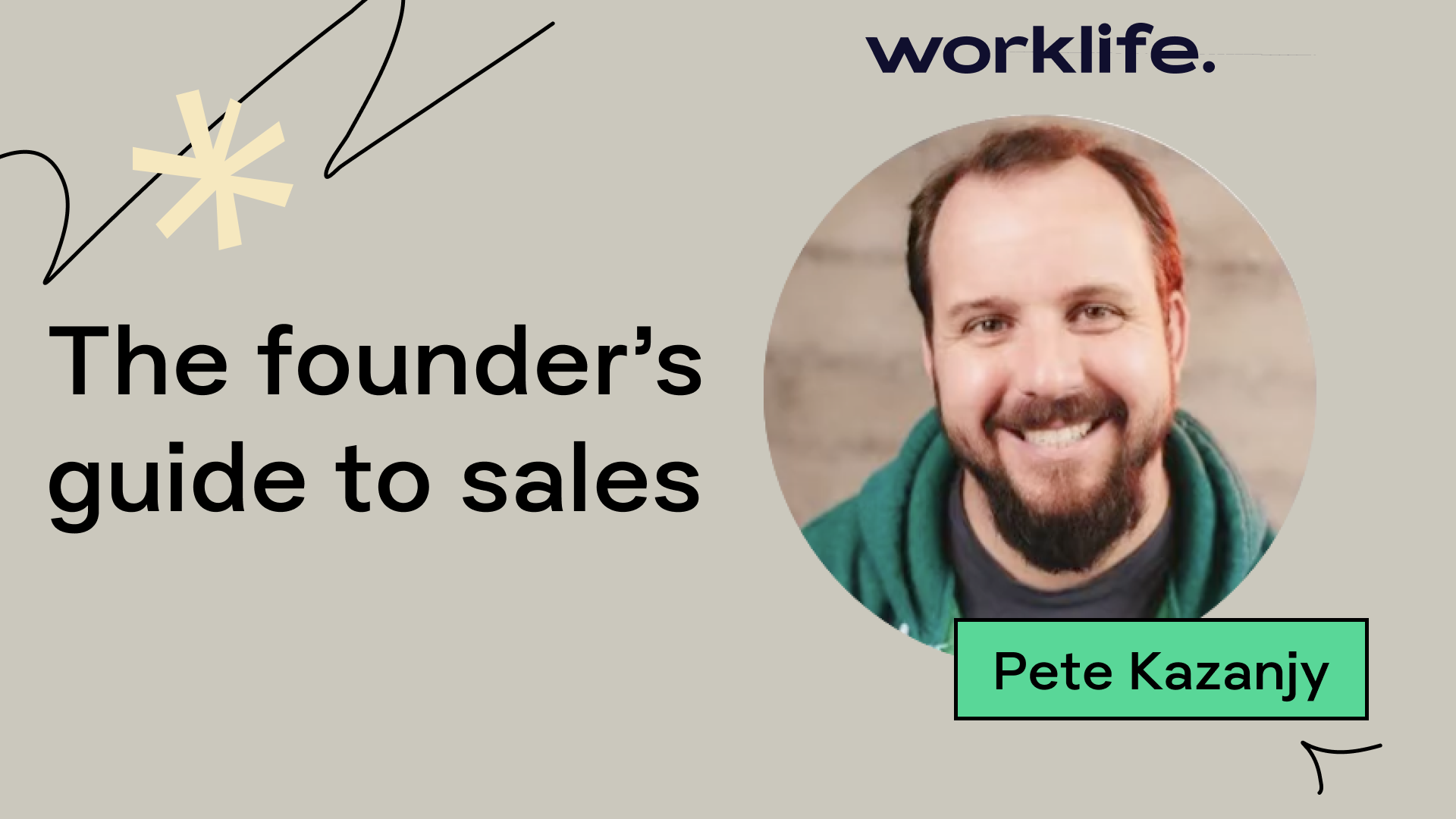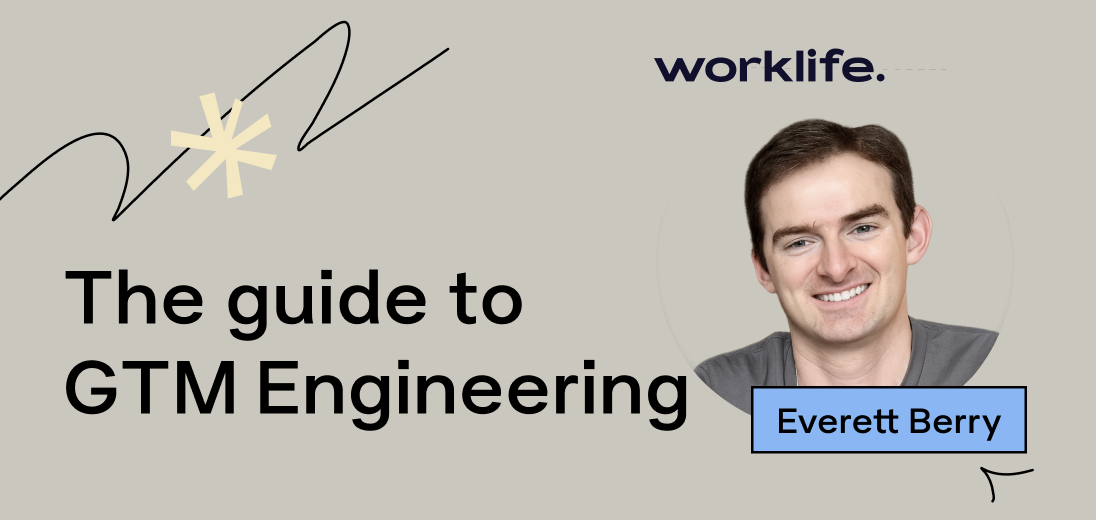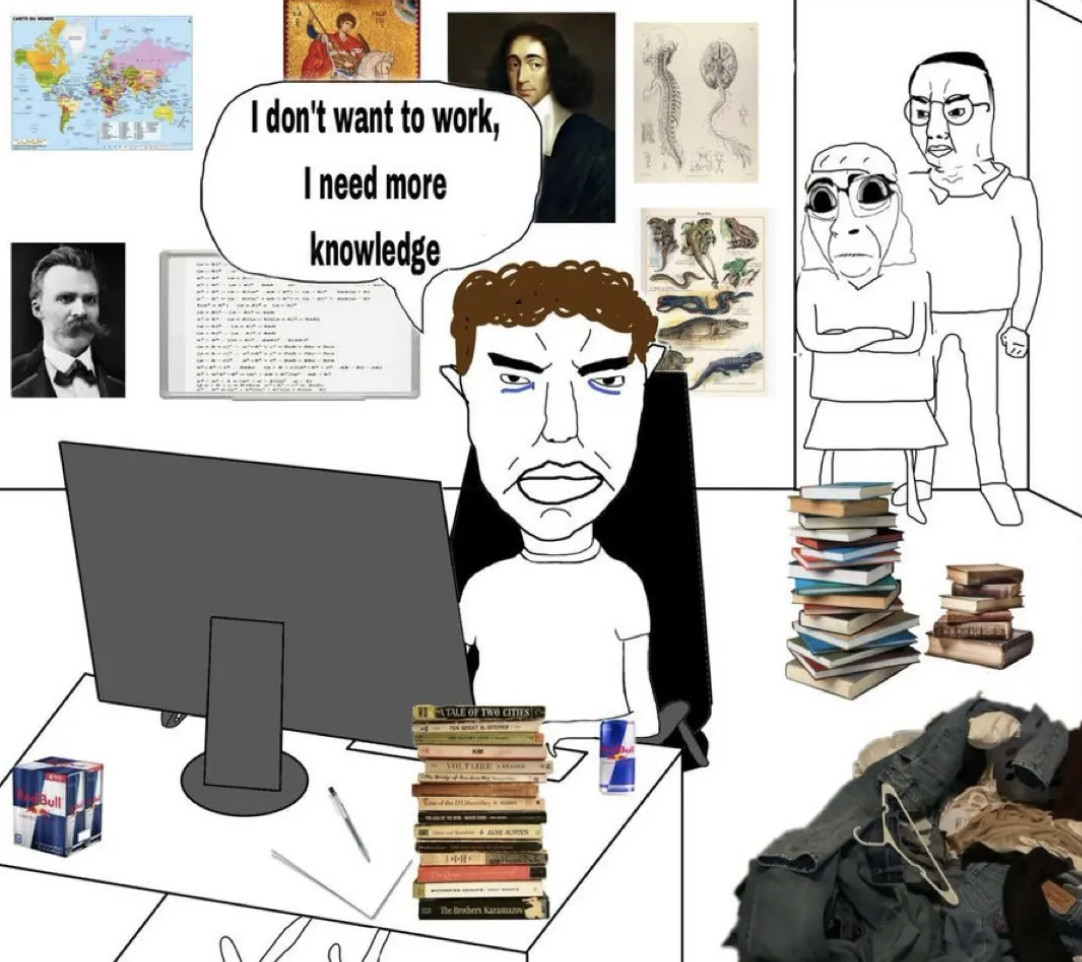This talk was originally presented at Worklife founder Brianne Kimmel's GTM workshop SaaS School. It was later referenced on Lenny's podcast.
Why Founders Can't Afford to Ignore Sales
If you're a technical founder who thinks sales is something you can outsource or avoid, this might be uncomfortable to hear: your company will likely fail if you don't get intimately involved in go-to-market.
The numbers don't lie. Companies like Twilio, Stripe, Square, Slack, and Dropbox—all known for their "product-led" growth—actually built robust sales organizations from very early stages. The myth of "build it and they will come" has killed countless startups that had great products but no repeatable way to acquire customers.
The Dangerous Anti-Patterns
Before diving into the solution, let's address three seductive mistakes founders make:
1. The Self-Service Fantasy
"We'll just publish documentation and people will buy." This rarely works, even for the most elegant products. Self-serve can be a channel, but it shouldn't be your only strategy.
2. Sprinkling Sales on It
Hiring a "sales bro" to magically solve your go-to-market problem typically results in 12 months of salary expense with minimal revenue. Why? Because salespeople excel at executing a proven sales motion—not creating one from scratch.
3. The Founder-Skill Mismatch
Founders are brilliant at identifying market opportunities and building solutions. Salespeople are great at scalably engaging prospects and executing a playbook. But here's the key insight: founders can learn sales skills far more easily than salespeople can learn to architect go-to-market strategy.
The Six Stages of Go-to-Market Maturity
Think of enterprise value creation not as a smooth line, but as discrete jumps between maturity stages. Each stage de-risks your business and unlocks exponentially more opportunity.
Stage 1: Do We Know What Problem We're Solving?
Your Focus: Customer development and pain validation
Key Activities:
- Conduct 100+ customer interviews
- Document current solutions and their shortcomings
- Validate that pain points are substantial enough to warrant solving
Exit Criteria: Statistical convergence on features that solve articulated problems
Who Does This: Business founder
Resources: "Get in the Van" by Michael Sippy (First Round Review), The Lean Startup
Stage 2: Does It Actually Work?
Your Focus: Proving your solution impacts the business KPIs you set out to improve
Key Activities:
- Build a Customer Advisory Panel from your best interviewees
- Secure 12+ beta customers from this panel
- Measure and document KPI improvements (time saved, revenue increased, costs reduced)
Exit Criteria: Documented proof that your solution positively impacts target metrics
Anti-Pattern to Avoid: DO NOT hire a sales rep at this stage. You need to stay in the weeds.
Stage 3: Will Someone Pay for This?
Your Focus: Converting value into revenue
Key Activities:
- Build an ROI case based on your Stage 2 data
- Present pricing to beta customers with clear value justification
- Secure your first paying customers who are actively getting value
Exit Criteria: Multiple customers paying AND getting utility from your offering
Critical Warning: Don't fall into the "let's just get them using it for free" trap. Without skin in the game, you'll never validate real demand. Avoid revenue swaps with accelerator friends—they'll churn and destroy your metrics.
Stage 4: Will Many People Pay? (30-50 Opportunities)
Your Focus: Iteration and refinement of your sales motion
Key Activities:
- Execute 30-50 sales opportunities
- Close 10-20 paying customers
- Document everything: email templates, objection handlers, FAQs, sales decks
- Identify what works and eliminate what doesn't
Org Structure: Consider adding either:
- An SDR (Sales Development Rep) to book meetings while you focus on closing
- OR a Customer Success person to handle post-sale if lead gen isn't your constraint
Exit Criteria: A clear, repeatable, documented sales motion ready to be tested on new sellers
Why Documentation Matters: You know your pitch by heart, but teaching it to someone else requires written playbooks. Be your own best friend here.
Stage 5: Can Non-Founders Sell This?
Your Focus: Proving others can execute your sales motion
Key Activities:
- Hire 1-2 Account Executives (AEs)
- Shift from selling to hiring, training, and managing
- Use your documentation to onboard them
- Measure their ramp time and success rate
The Goldilocks Challenge: You can't hire too many people and overwhelm yourself, but you need enough to prove repeatability. This is where most founders struggle.
Why This Matters: The economics are brutal. A sales rep costs $15K/month but should generate $60K/month in bookings once ramped. Poor onboarding can double ramp time from 3 months to 6+ months, costing you hundreds of thousands in lost revenue.
Exit Criteria: Non-founders consistently hitting quota using your documented process
Stage 6: Can We Build a Mini Sales Team?
Your Focus: Systemizing a revenue pod without founder involvement
Org Structure: SDR → AE → AE → Customer Success Manager (repeated pods)
Key Activities:
- Hire and onboard in cohorts
- Refine the collective sales motion
- Identify and fix bottlenecks across the entire funnel
- Consider adding sales operations support
Your Role: You're now building the machine, not running it. Focus on optimization, not execution.
Actionable Next Steps
If You're Pre-Product:
- Schedule 100+ customer interviews this quarter. Use Michael Sippy's framework from "Get in the Van"
- Build a Customer Advisory Panel. Capture the best prospects for later beta testing
- Document pain points and willingness to pay. Create a simple Airtable or spreadsheet
If You Have an MVP:
- Define your key business metric. What KPI does your product improve? Time saved? Revenue increased? Cost reduced?
- Instrument measurement. Build tracking into your product to prove impact
- Beta with your advisory panel. Give them goals and measure results
- Build your ROI case. Calculate the dollar value of the improvement you're creating
If You Have Paying Customers (Less Than 10):
- Document your current sales process. Write down every email template, objection handler, and pitch deck
- Set a goal of 30-50 sales conversations. This is your iteration phase
- Track conversion metrics. First meeting → second meeting → close. Understand your funnel
- Consider hiring your first SDR or CS person. Free yourself to focus on the constraint
- Start pricing experimentation. Don't be afraid to test 2-3x increases
If You're Ready to Hire Sales Reps:
- Align seller background with your sales motion:
- Selling to restaurants? Hire from Yelp, Grubhub, DoorDash
- Technical product? Hire former consultants or technical people
- Complex enterprise sale? Look for early-stage startup sellers, not enterprise giants
- Avoid the enterprise seller trap. Don't hire expensive Salesforce veterans for your early-stage startup
- Set realistic quotas based on YOUR data. Use your own selling performance to calculate what's achievable
- Start with simple comp plans. Base salary + 20% commission on bookings after they cover their costs
- Hire in pairs, not alone. You need at least two people to prove repeatability vs. finding a unicorn
Pricing Guidance:
- Start simple. Index off the market leader in your space
- Start low if needed. One founder started at $99/month and scaled to $8K/year as confidence grew
- Use pricing as a tool. It's easier to change pricing than build new features
- Prove willingness to pay first. Get to profitability later
The Bottom Line
Sales done right isn't about "always be closing" or charismatic pitching—it's about being a business consultant with a preference for one solution (yours). It requires analytical thinking, process orientation, and metrics discipline.
The most important insight: Modern sales is product development for your go-to-market. You're building a repeatable program that will eventually run in multiple containers (salespeople). Just like you wouldn't hire an engineer to architect your product before proving it yourself, you shouldn't hire sales before proving your motion.
Your investors will measure you on revenue. Your employees need paychecks. Your product needs validation. None of that happens without a repeatable, scalable sales motion—and nobody can build that first version except you.
Additional Resources
- Founding Sales (foundingsales.com) - Free, comprehensive guide covering everything from customer development to scaling sales teams
- "Get in the Van" by Michael Sippy - Customer development framework
- The Lean Startup - Product-market fit validation
- Jason Lemkin's early-stage sales comp models - Referenced throughout Founding Sales
This post is based on a presentation by Pete Kazanjy, founder of Atrium, author of Founding Sales, and leader of the 15,000-person Modern Sales community. His experience scaling from first sales rep to VP of Sales at TalentBin (acquired by Monster) informs this framework.





